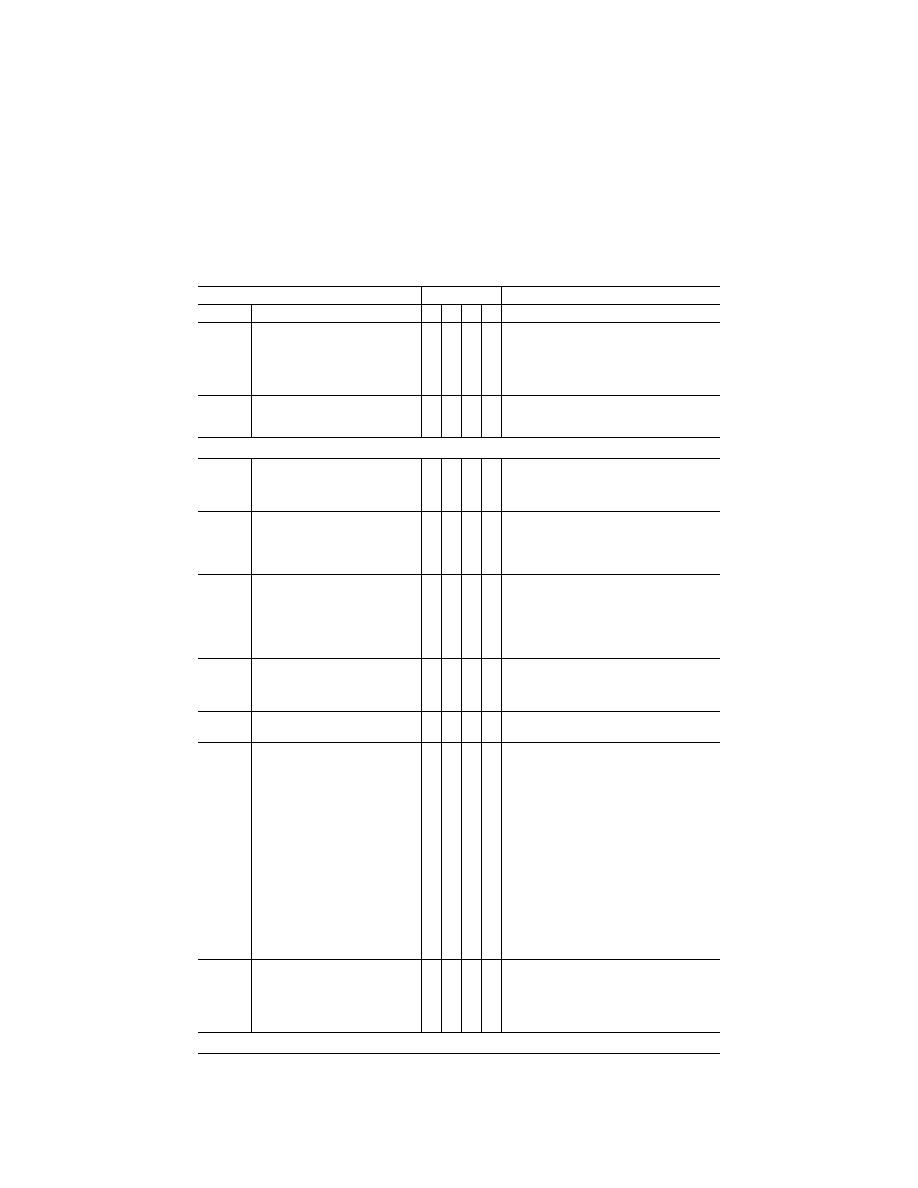
32
14 CFR Ch. I (1–1–14 Edition)
Pt. 60, App. A
T
ABLE
A1A—M
INIMUM
S
IMULATOR
R
EQUIREMENTS
—Continued
QPS requirements
Simulator levels
Information
Entry No.
General simulator requirements
A
B
C
D
Notes
4.c. ............
The simulator must have instructor con-
trols for all environmental effects ex-
pected to be available at the IOS;
e.g., clouds, visibility, icing, precipita-
tion, temperature, storm cells, and
wind speed and direction.
X X X X
4.d. ...........
The simulator must provide the instruc-
tor or evaluator the ability to present
ground and air hazards.
X
X For example, another airplane crossing the active
runway or converging airborne traffic.
5. Motion System.
5.a. ...........
The simulator must have motion (force)
cues perceptible to the pilot that are
representative of the motion in an
airplane.
X
X
X
X For example, touchdown cues should be a function
of the rate of descent (RoD) of the simulated air-
plane.
5.b. ...........
The simulator must have a motion
(force cueing) system with a min-
imum of three degrees of freedom (at
least pitch, roll, and heave).
An SOC is required.
X X
5.c. ............
The simulator must have a motion
(force cueing) system that produces
cues at least equivalent to those of a
six-degrees-of-freedom, synergistic
platform motion system (i.e., pitch,
roll, yaw, heave, sway, and surge).
An SOC is required.
X X
5.d. ...........
The simulator must provide for the re-
cording of the motion system re-
sponse time.
An SOC is required.
X X X X
5.e. ...........
The simulator must provide motion ef-
fects programming to include:
X X X
(1) Thrust effect with brakes set.
(2) Runway rumble, oleo deflections,
effects of ground speed, uneven run-
way, centerline lights, and taxiway
characteristics.
(3) Buffets on the ground due to spoil-
er/speedbrake extension and thrust
reversal.
(4) Bumps associated with the landing
gear.
(5 O=’xl’) Buffet during extension and
retraction of landing gear..
(6) Buffet in the air due to flap and
spoiler/speedbrake extension.
(7) Approach-to-Stall buffet.
(8) Representative touchdown cues for
main and nose gear.
(9) Nosewheel scuffing, if applicable.
(10) Mach and maneuver buffet.
5.f. ............
The simulator must provide char-
acteristic motion vibrations that result
from operation of the airplane if the
vibration marks an event or airplane
state that can be sensed in the flight
deck.
X The simulator should be programmed and instru-
mented in such a manner that the characteristic
buffet modes can be measured and compared to
airplane data.
6. Visual System.
VerDate Mar<15>2010
20:48 Jan 30, 2014
Jkt 232047
PO 00000
Frm 00042
Fmt 8010
Sfmt 8002
Q:\14\14V2.TXT
ofr150
PsN: PC150